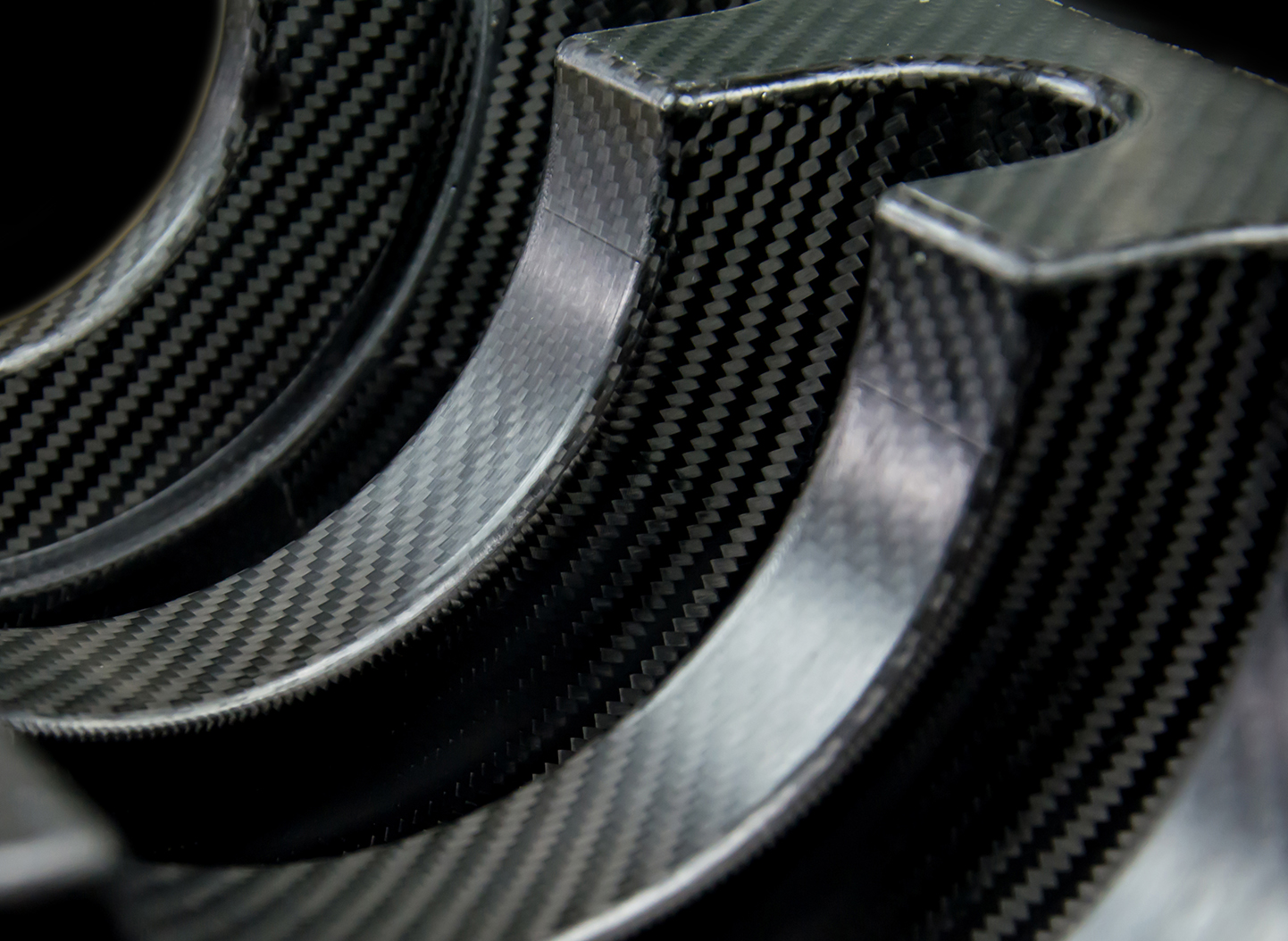Fiber reinforced polymer (FRP) composites such as carbon fiber/epoxy have used in aerospace and niche markets such as sporting goods for decades. But as raw material and manufacturing costs have come down, these materials have become more accessible to other markets and potential end users.
Composites Advantages
For someone who is accustomed to working with more traditional materials, why might they want to consider composites for their applications? The most common answer is light-weighting. Certainly composites offer superior strength- and stiffness-to-weight ratios over metals.
Corrosion resistance is another common advantage touted by composites manufacturers. And while there are other environmental concerns with composites, such as sensitivity to temperature and moisture, it is true that composites simply don’t rust like metals.
But there are other unique characteristics of composites that can be attractive to a part or structure designer.
For example, composites are typically manufactured in laminate form, meaning the plate or tube or other part is built up by stacking or laminating multiple layers of thin fiber-reinforced polymer resin. In each layer, the fibers can be oriented in a direction optimized to carry stress. Careful design of the ply stack-up can provide tailored mechanical properties that are superior to isotropic materials–materials that act the same in every direction.
Another lesser-known advantage of composites is that they are very damage tolerant. As opposed to a metal that may fail due to the initiation and growth of a single crack, well-designed composites typically fail due to the slow accumulation of many microscopic damage mechanisms.
Fibers tend to blunt propagating cracks, so by having fibers running in multiple directions, slow growing cracks are either stopped or forced to change direction. Whether loaded to failure in a monotonic manner or loaded cyclically over millions of cycles, the evolution of damage may consist of matrix (resin) cracks, fiber-matrix debonding, fiber fracture, and delamination.
The result is a loss of stiffness or modulus over time, and in some stiffness-controlled applications, the designer must account for the change in stiffness. In doing so, the resulting factor of safety on strength is often very high. This damage tolerance can also change the shape of the fatigue life curve, which may have implications for design or test programs as well.
Composites Challenges
Of course, with these advantages come some challenges as well. The improvement in fatigue performance may be accompanied by greater scatter in fatigue life and strength, requiring more conservatism in design allowables.
Composites are also sensitive to notches and holes, and they are typically weak in the thickness direction due to the absence of fibers. Consequently, connections such as bolted or clamped joints require careful consideration to avoid crushing.
And due to the complex fiber architecture, stress analysis and design are generally more difficult such that analysts and designers benefit from formal training in mechanics of composites, finite element analysis, fracture mechanics, polymer engineering, adhesion science, and chemistry.
Consulting an experienced composite engineer or development firm is highly recommended to ensure success of a metal-to-composite conversion.
Contact us if you have a composites project or click to learn more about carbon fiber composite manufacturing.
